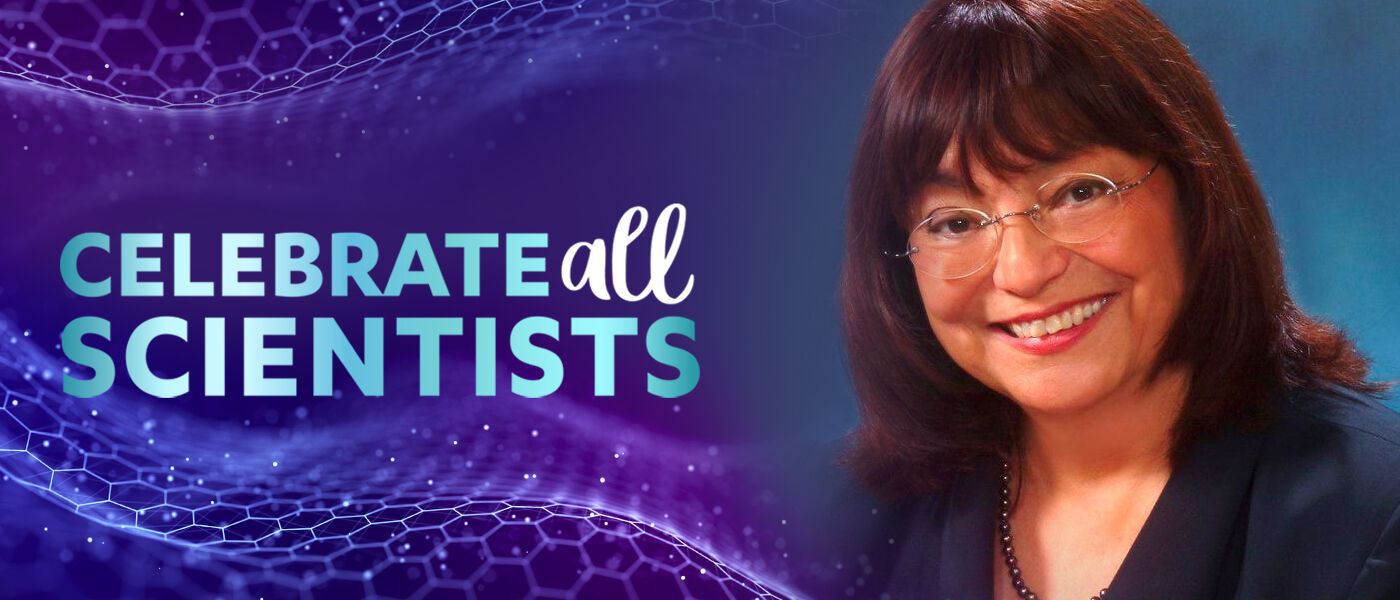Celebrate All Scientists: Dr. Lydia Villa-Komaroff

Sept. 15 - Oct. 15 is Hispanic Heritage Month and LSC is celebrating Dr. Lydia Villa-Komaroff, a Mexican-American molecular biologist whose groundbreaking work has left a lasting impact on the world of cell biology.
Dr. Villa-Komaroff was born on August 7, 1947, in Santa Fe, New Mexico. When she was nine years old, she recalls hearing her uncle talking about his work as a chemist which inspired her to pursue a career in science: “I wanted to explore things, take them apart, put them back together.”
Following in her uncle’s footsteps, she entered the University of Washington in Seattle as a chemistry major in 1965. However, her advisor told her, “Girls do not belong in chemistry.” As a result, she switched her major to biology. In 1967, she transferred to Goucher College in Maryland. After receiving her bachelor’s in biology, Dr. Villa-Komaroff pursued her PhD in cell biology at the Massachusetts Institute of Technology (MIT).
Dr. Villa-Komaroff’s most noteworthy scientific contribution was her postdoctoral research on recombinant DNA technology, a brand-new tool in cell biology at the time. The method would allow scientists to isolate a specific gene in one organism’s DNA and “paste” it into the DNA of another organism. If scientists could mix and match genes, that would open up new medicine manufacturing methods.
The road to perfecting recombinant DNA technology was a difficult one, but the failures taught Dr. Villa-Komaroff that “most experiments fail, and that scientists must accept failure as a part of the process.” Eventually, she and her colleagues succeeded! Her team was the first to insert the human gene for insulin into bacteria.
Insulin is a hormone produced by the pancreas that plays a crucial role in regulating the body’s blood sugar levels. People with diabetes need supplemental insulin. By programming the bacteria to act as tiny biofactories, insulin for diabetes medication could be mass-produced. Not only would this new method make insulin production efficient, but it would also reduce the risk of allergic reactions. Traditionally, insulin was produced and collected from animal sources, which heightened the risk of allergic reactions. With this new bacterial production, the lab-produced insulin was almost identical to human-produced insulin, thus eliminating the risk of allergic reaction. The mass production of insulin through recombinant DNA technology ensured a more stable and reliable supply of insulin, making diabetes medication more accessible.
Dr. Villa-Komaroff has received numerous awards and honors including the Hispanic Engineer National Achievement Award, induction into the Hispanic Engineer National Achievement Hall of Fame, Leadership Award from the Women Entrepreneurs in Science & Technology, and Distinguished Woman Scientist from the White House Office of Science and Technology Policy.
Her dedication to diversity and inclusion has also helped to ensure that individuals from all backgrounds have the opportunity to excel. While a student at MIT, she became a founding member of the Society for Advancement of Chicanos and Native Americans in Sciences (SACNAS), an organization that champions the participation of underrepresented minorities in STEM fields. Today, she actively mentors students in her lab, particularly women with Hispanic and indigenous backgrounds.
This post was written by Alejandro Melendez, Manager of STEM Innovation at LSC. He studied biology in college. His favorite exhibition at Liberty Science Center is Microbes Rule!
